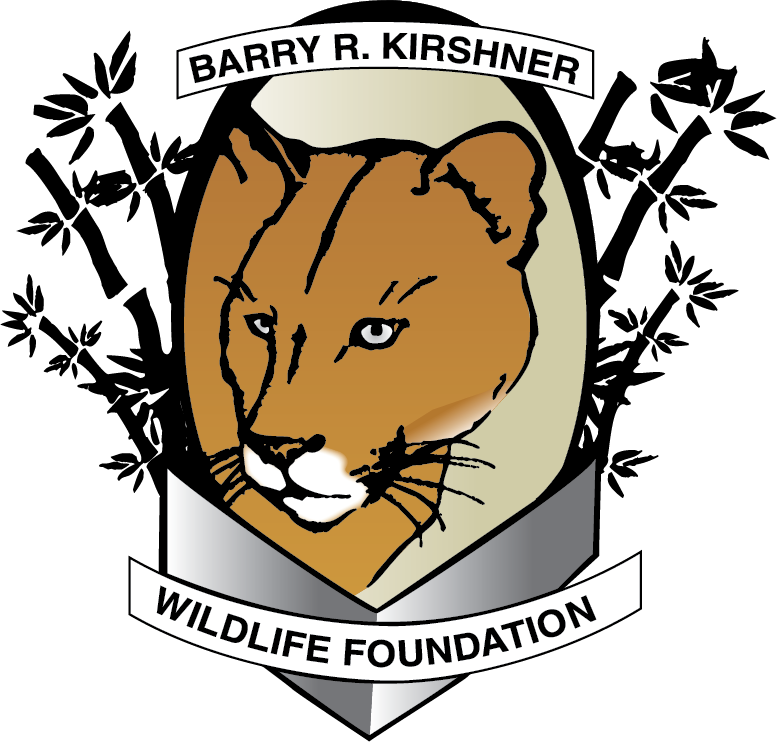Addie – Ringtail
Addie is a female Ringtail (Bassariscus astutus) born around 2011. She was found by the public and kept at a local facility, before Fish and Wildlife brought her to us. Because she has been imprinted by humans, she cannot be released back into the wild, as she would not be able to take care of herself. Addie is a great treasure to our native species program, allowing our guests to see this elusive yet beautiful animal.
The ringtail is also known as ring-tailed cat, miner’s cat (due to their use as a mouser), or civet cat because of their pungent secretion from anal glands. Although they are referred as ‘cat’ they do not reside in the cat family, they actually belong in the Procyonidae family which includes raccoons and coatimundis.
Smaller than a house cat, they have a long tail with alternating bands of white and black fur. They have large black eyes surrounded by white rings of fur, large round ears, short legs and a long grayish colored body, with a tail that is longer than the rest of its body. Their claws are short, straight, and semi-retractable. Ringtails are excellent climbers capable of ascending vertical walls, trees, rocky cliffs and even cacti. Their long tails provide balance for negotiating narrow ledges and limbs, even allowing them to reverse directions by performing a cartwheel. They have excellent eyesight as well as hearing. Much like the common raccoon, the ringtail is nocturnal and solitary.
They produce a variety of sounds, including clicks and chatters similar to raccoons. A typical call is a very loud, mournful bark. Ringtails are omnivores and will eat just about anything if it is the right size. Some of their food choices are fruit, insects, lizards, snakes, small mammals like mice and squirrels, as well as birds and bird eggs. Predators of the ringtail include great horned owls, bobcats, and coyotes.
Ringtails are solitary animals, coming together only to mate, between February and May. Young are born between May and June, hairless and closed eyes, with one to four in the litter. By five to six weeks their eyes open and fur covers their bodies. By fall the young are weaned, and are able to mate by their second year.
The ringtail is found in Central America, northern South America, California, Colorado, eastern Kansas, Oklahoma, Oregon, Arizona, New Mexico, southern Nevada, Texas, Utah, and throughout northern and central Mexico. Their dens are found in the hollows of trees or abandoned wooden structures. The ringtail prefers to live in rocky habitat associated with water including riparian canyons, caves, and mine shafts.
It is illegal to possess these animals unless you are a licensed facility; they belong to the state of California. If you love them, please leave them in the wild!
ringtail Statistics:
Body Length
Weight
Gestation Period
Litter Size
Life Span
12 - 17 inches tail: 12 - 17 inches
1.5 - 3.3 pounds
45 - 50 days
2 - 4 cubs
6 - 9 years

